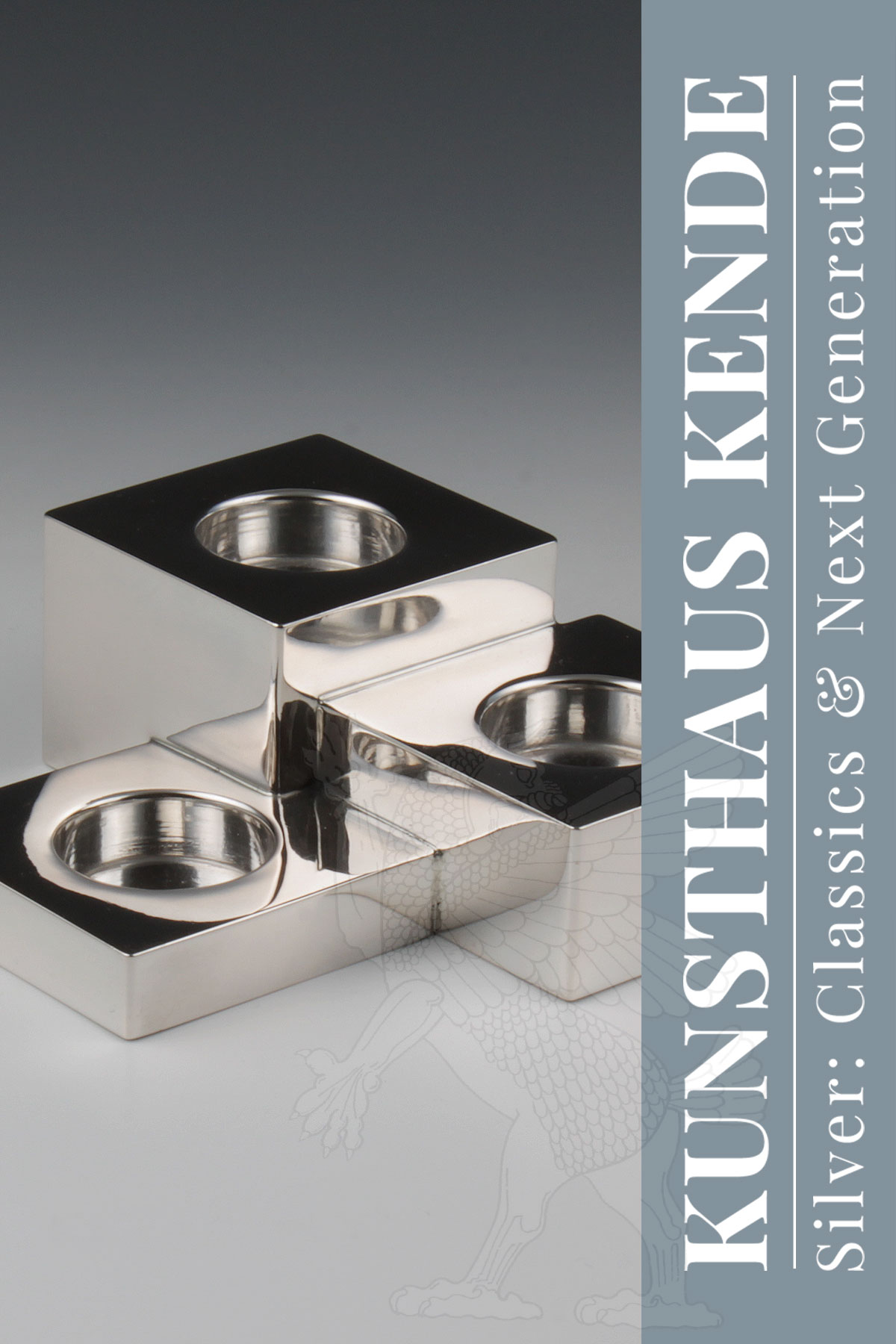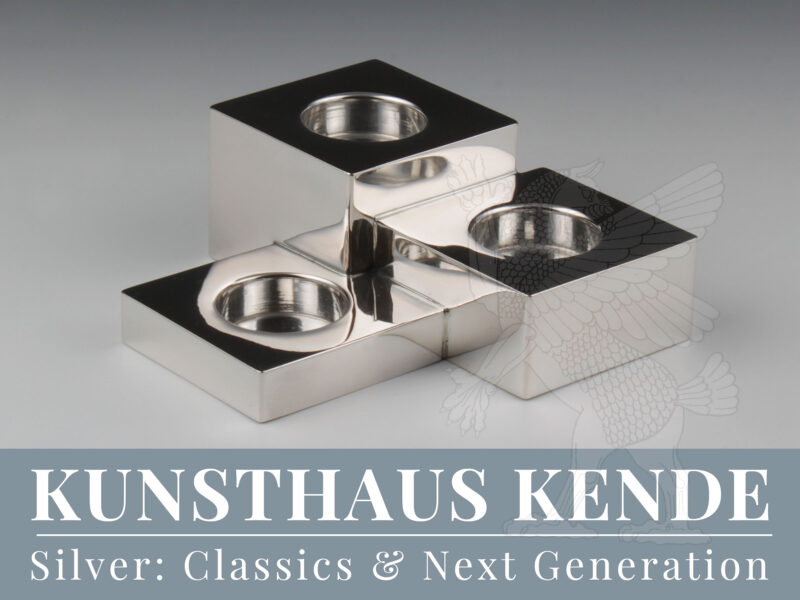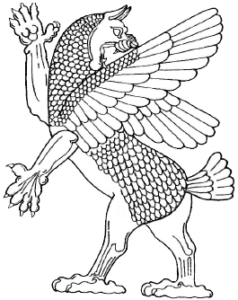Item number: 59084
An Art Déco 800 grade silver candlestick,
Vienna circa 1925 by Otto Prutscher
The body composed by three cubes joined together.
Even by today’s scales extraordinarily modern-looking work in the strict simplicity characteristic of Otto Prutscher.
14.0 cm / 5.51“ length, 13.7 cm / 5.39“ width, 5.1 cm / 2.0“ ; 350.3 g / 11.26 oz
Otto Prutscher – Designer, Builder, Developer of Viennese Modernism
Alongside Josef Hoffmann, Koloman Moser and Dagobert Peche, Otto Prutscher (1880 – 1949) was the most multi-talented designer of Viennese Modernism.
Throughout his education, Prutscher was focused on constantly expanding his knowledge of materiality in practice. In 1897 he began his studies at the Vienna School of Applied Arts and used his time off from lectures to train as a bricklayer and to gain experience in furniture making in his father’s carpenter’s workshop. Of his teachers at the Kunstgewerbeschule, the painter Franz Matsch and the architect Josef Hoffmann were to have the greatest influence on Prutscher’s artistic development.
Otto Prutscher’s abundance of ideas and versatility was comparable to that of Josef Hoffmann. His wide-ranging oeuvre includes architectural designs and executed buildings for private individuals and the public, individual pieces of furniture and complete furnishings, and a multitude of objects of daily use made of glass or silver. Like Josef Hoffmann, he was a passionate advocate of the Gesamtkunstwerk (total work of art): artistically designed utilitarian objects that combine aesthetics with practicality to enable people to experience art in everyday life. Alongside Hoffmann, Prutscher is therefore regarded as the most important representative of a movement which today is subsumed under the term Viennese Modernism.
Otto Prutscher was a member of all important artistic institutions – from the Secession to the Wiener Werkstätte and the Deutscher Werkbund. He taught at the Imperial and Royal School of Applied Arts in Vienna from 1909 until the negative influences of National Socialism also affected the Austrian art scene: Otto Prutscher had to resign from his post in 1939 because of his wife’s Jewish origins.
Otto Prutscher’s designs were implemented by a number of important companies, the most important of which in the field of silverware being the Wiener Werkstätte, Klinkosch and Alexander Sturm.





